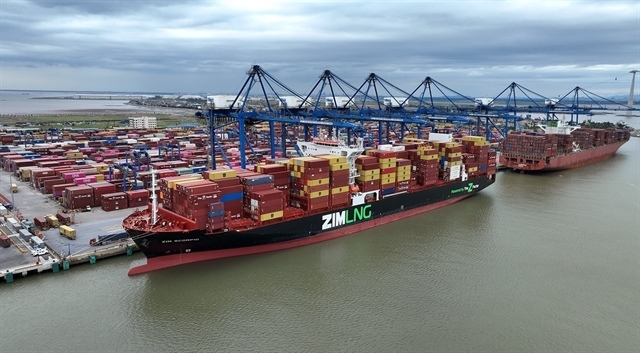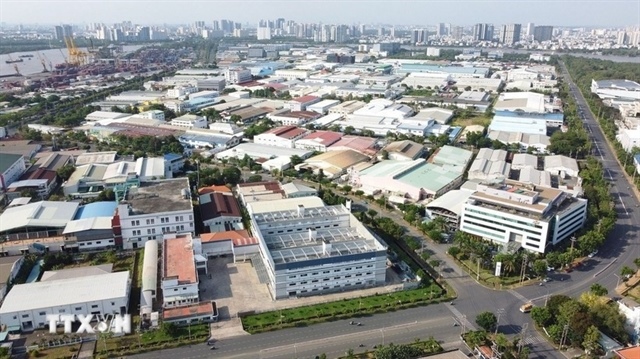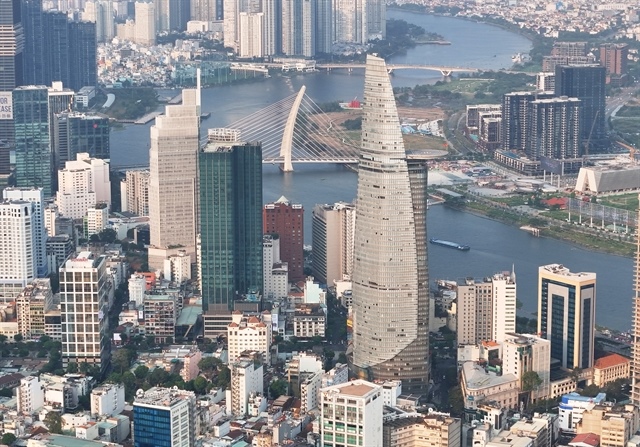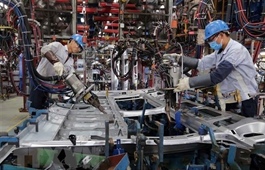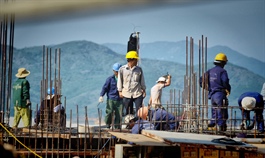Vietnam ongoing economic recovery affected by fourth Covid-19 outbreak: WB
Vietnam ongoing economic recovery affected by fourth Covid-19 outbreak: WB
The government may want to consider a new fiscal stimulus that would include a more generous assistance package for Covid-19 affected people and businesses, stated the World Bank.
Vietnam’s ongoing economic recovery can be negatively affected by the fourth Covid-19 outbreak, started in late April.
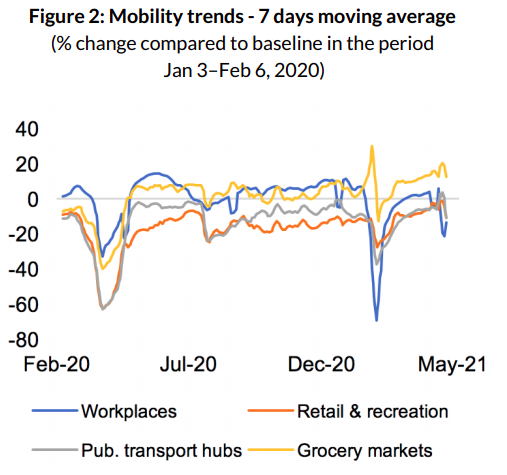
Source: World Bank
|
According to the World Bank, the Covid-19 resurgence has led to a sharp increase in community transmitted infections, forcing the government to close schools in many provinces and to reinstitute precautionary health and mobility restrictions measures.
Depending on the magnitude of the outbreak and how quickly the government will be able to bring it under control, domestic economic activities will be affected, especially those in sectors such as tourism, transports, and retail.
“The government may want to consider a new fiscal stimulus that would include a more generous assistance package for Covid-19 affected people and businesses,” stated the bank in a note.

Production of construction material at a manufacturing plant in Hanoi. Photo: Mai Van
|
Mobility improving prior to fourth wave
“Prior to the fourth wave, mobility was improving fast, but it is deteriorating again with new restrictions,” it added.
During April, most mobility indicators improved significantly as the third Covid-19 outbreak was brought under control. They also spiked up at the end of the month as Vietnamese celebrated the second-longest national holidays in observance of National Reunification Day and International Labor Day. “Yet, such indicators are deteriorating in May as the result of stronger mobility restrictions,” stated the World Bank.
Industrial production index increased by 1.1% month-on-month and 24.1% year-on-year in April.
“The high year-on-year growth rate is to a large extent due to the low base effect as production was hit hard by the pandemic related lockdown in April 2020,” stated the bank.
The continued expansion also reflects recovering domestic consumption in addition to solid external demand for high-tech manufacturing products. The most dynamic sub-sectors include beverage, clothing, and home appliances, basic metals, electronics, computers and optical products, and machinery.
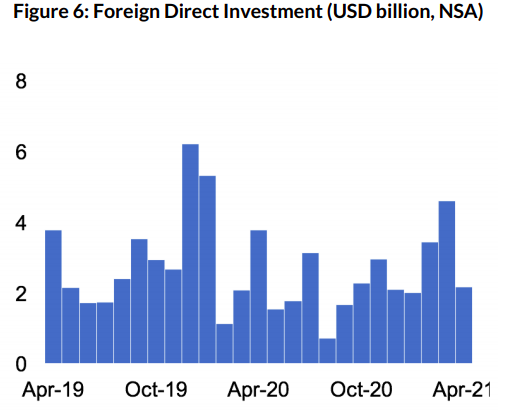
Source: World Bank
|
The PMI index rose from 53.6 in March to 54.7 in April, marking it the sixth consecutive month of continuous expansion of manufacturing, while retail sales grew by 2.3% month-on-month in April, reflecting the partial recovery of consumer demand from the third outbreak of coronavirus in late January 2021.
On the trade front, exports and imports in the first four months grew by 26% and 31% year-on-year, respectively. Trade expansion was fueled by the recovery in the U.S. and China and to a lesser extent by the EU, ASEAN, and South Korea.
Double-digit growth rates were recorded across all major export categories in the first four months of 2021. The fastest expansion was in machinery, followed by computers and electronics, and phones.
The World Bank also noted foreign direct investment (FDI) inflows declined in April, “but the overall level has been almost stable during the first four months of the year.”
Meanwhile, credit to the economy grew by 2% month-on-month, reflecting increased demand for credit as businesses responded to the stronger consumer demand during the national holidays in late April and early May.


